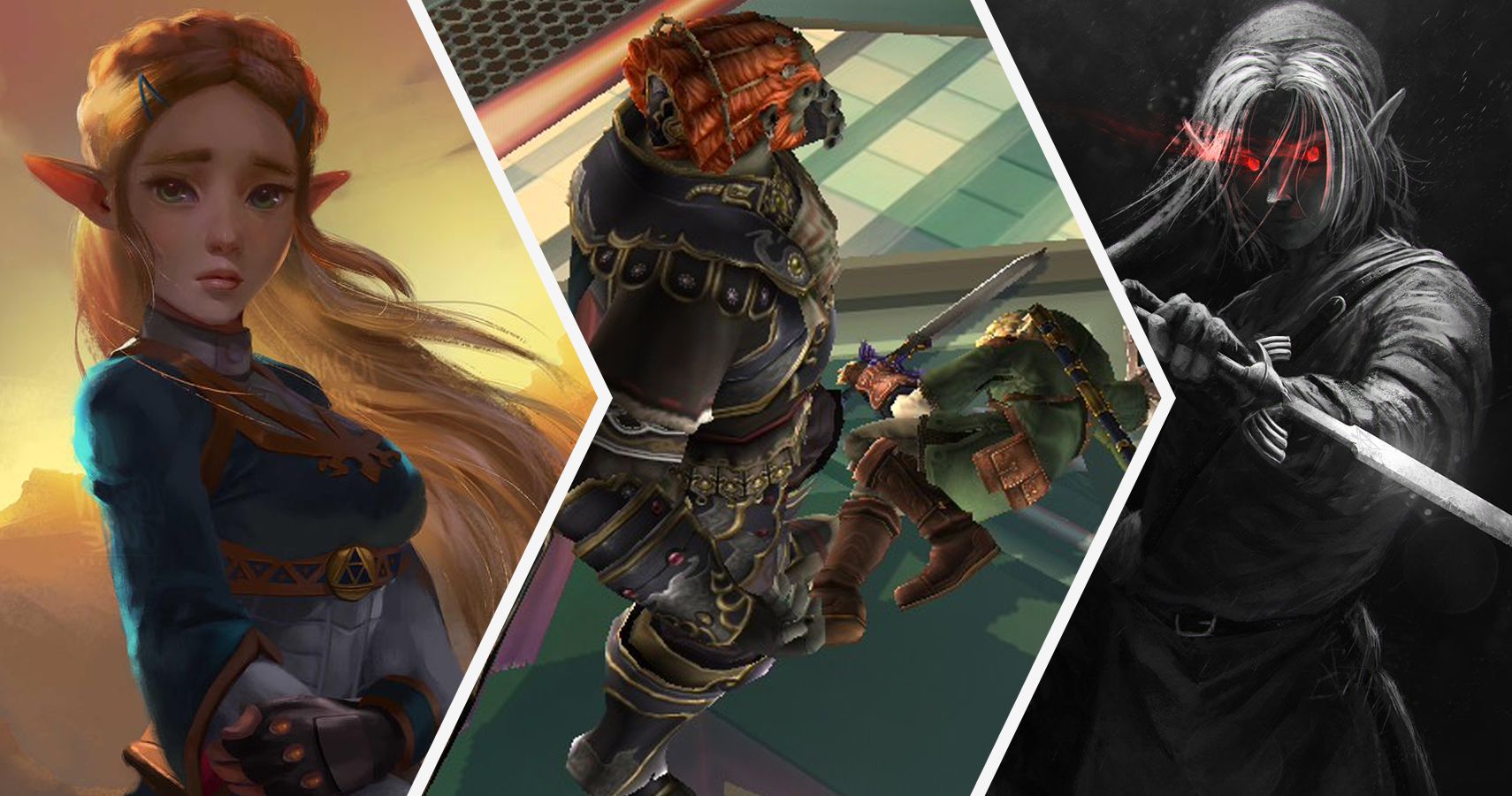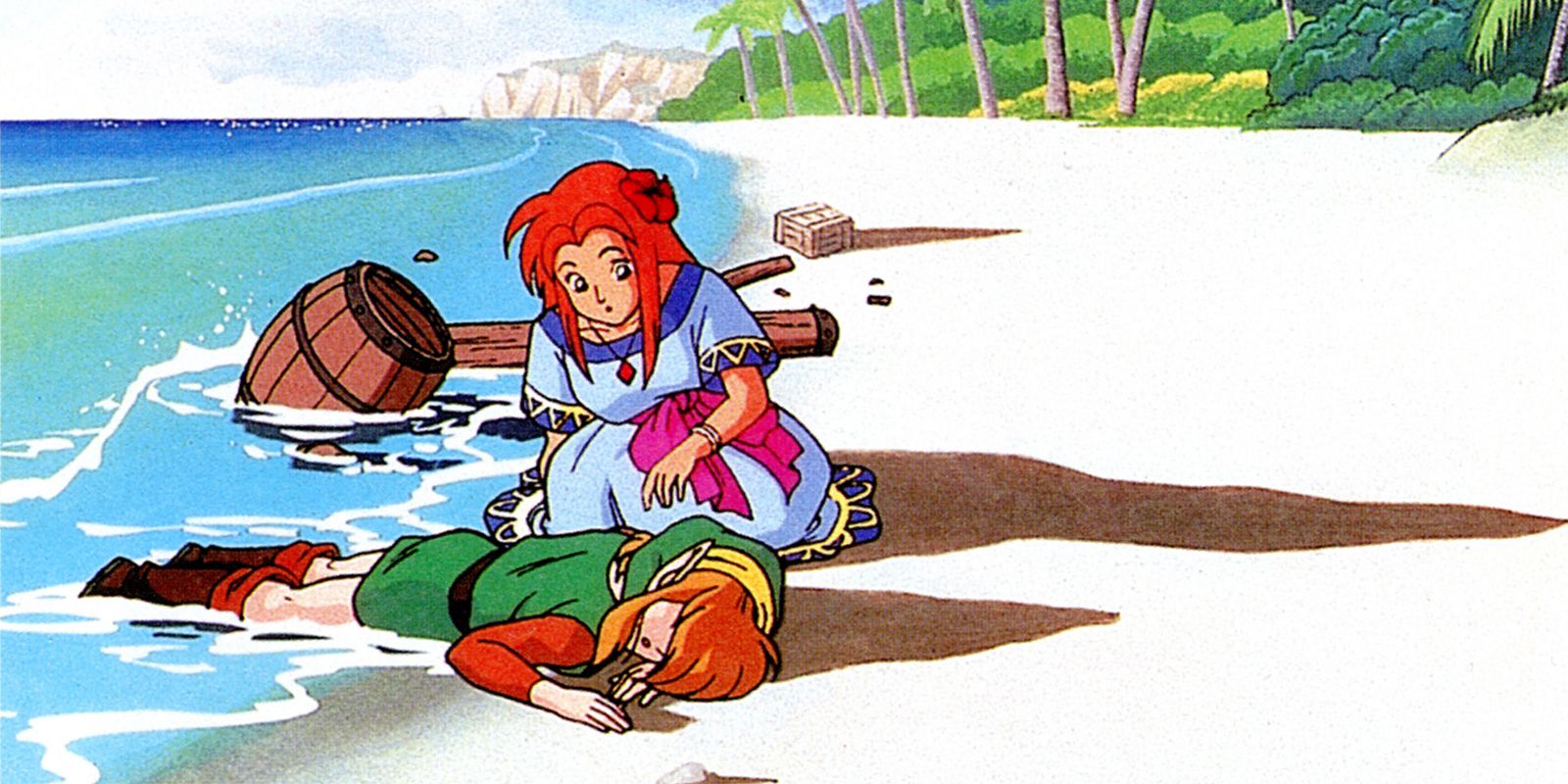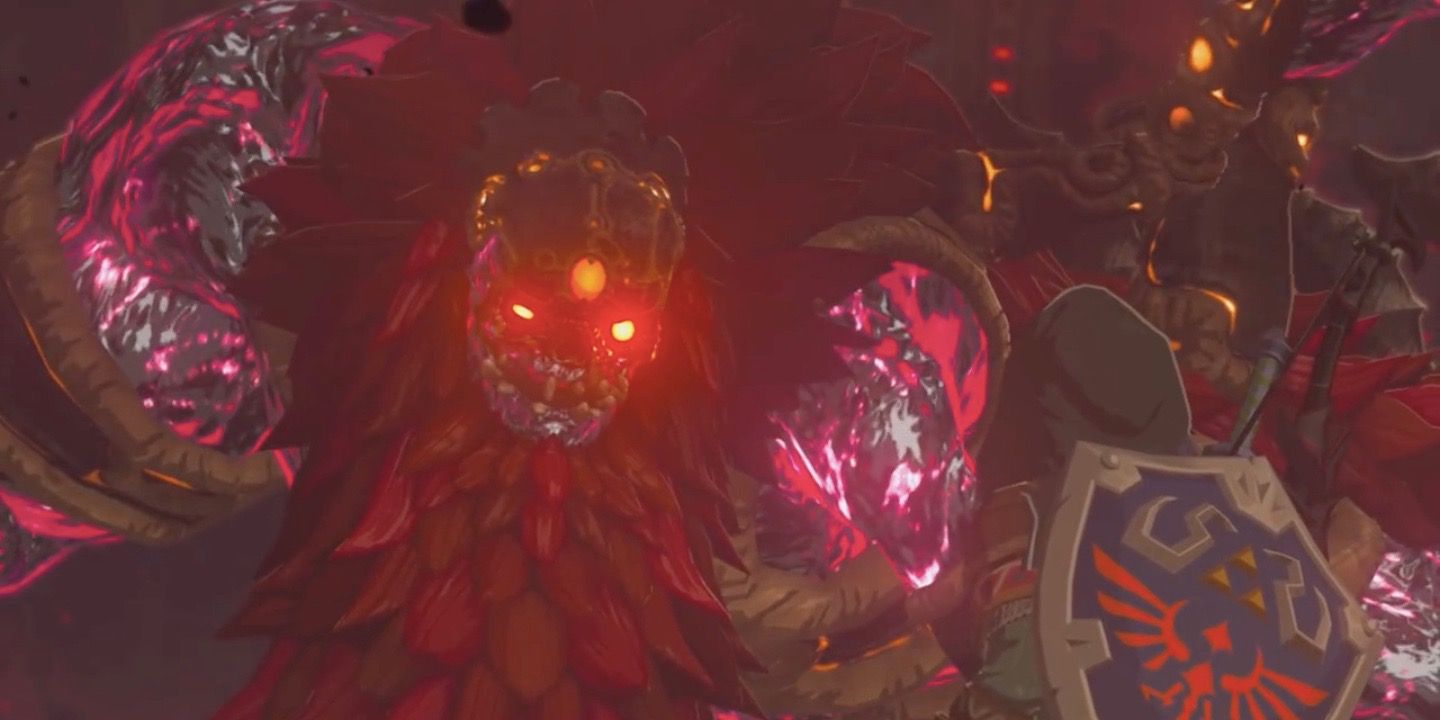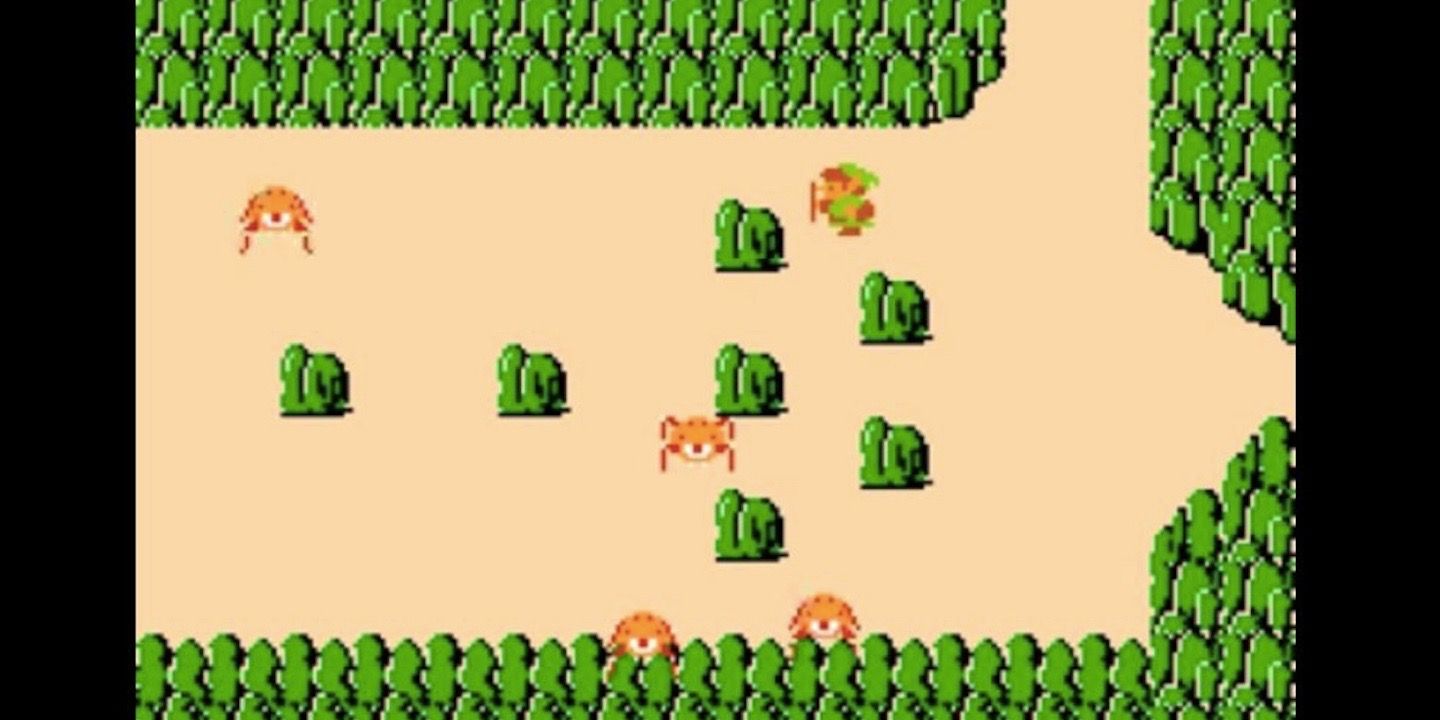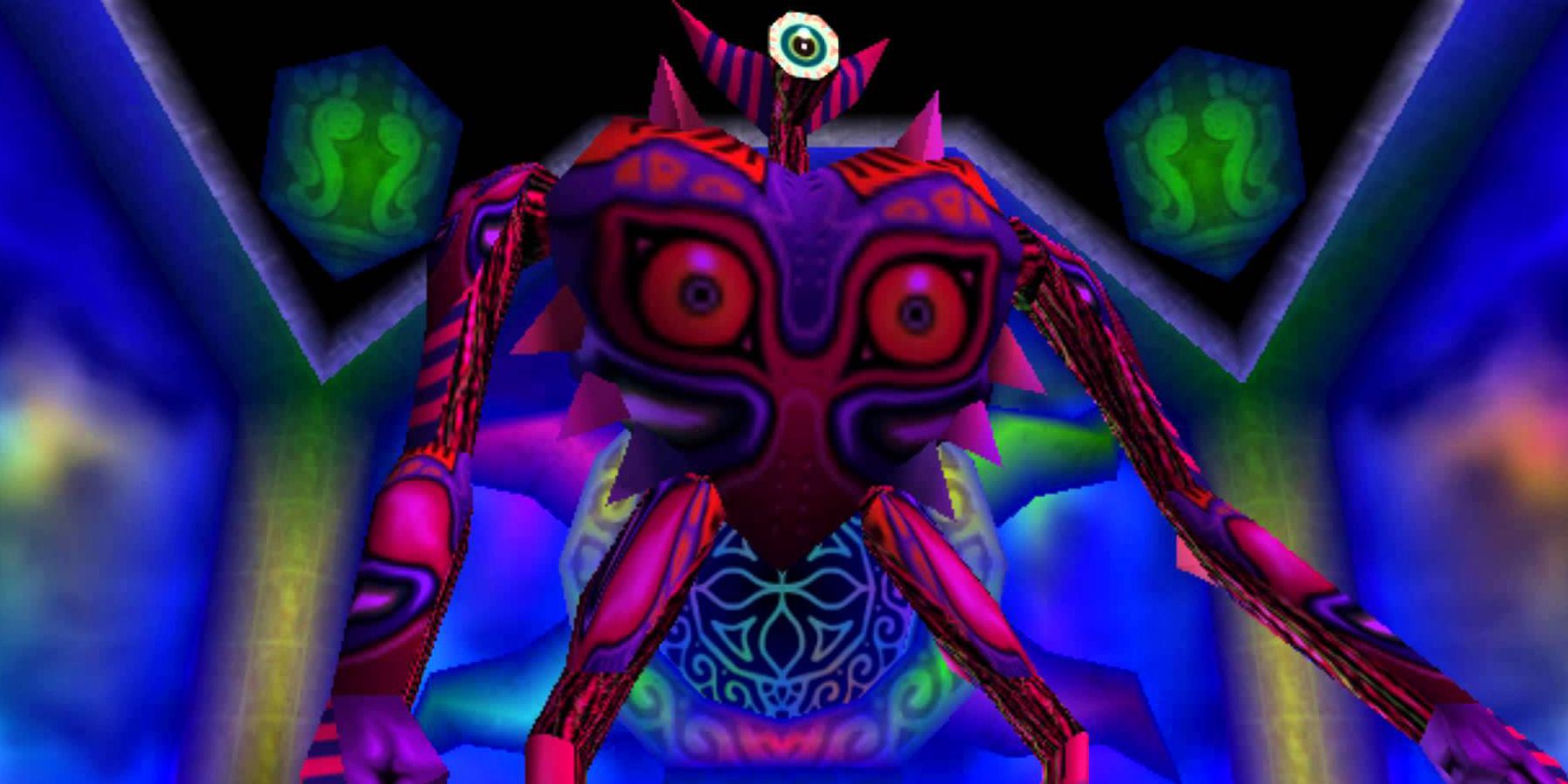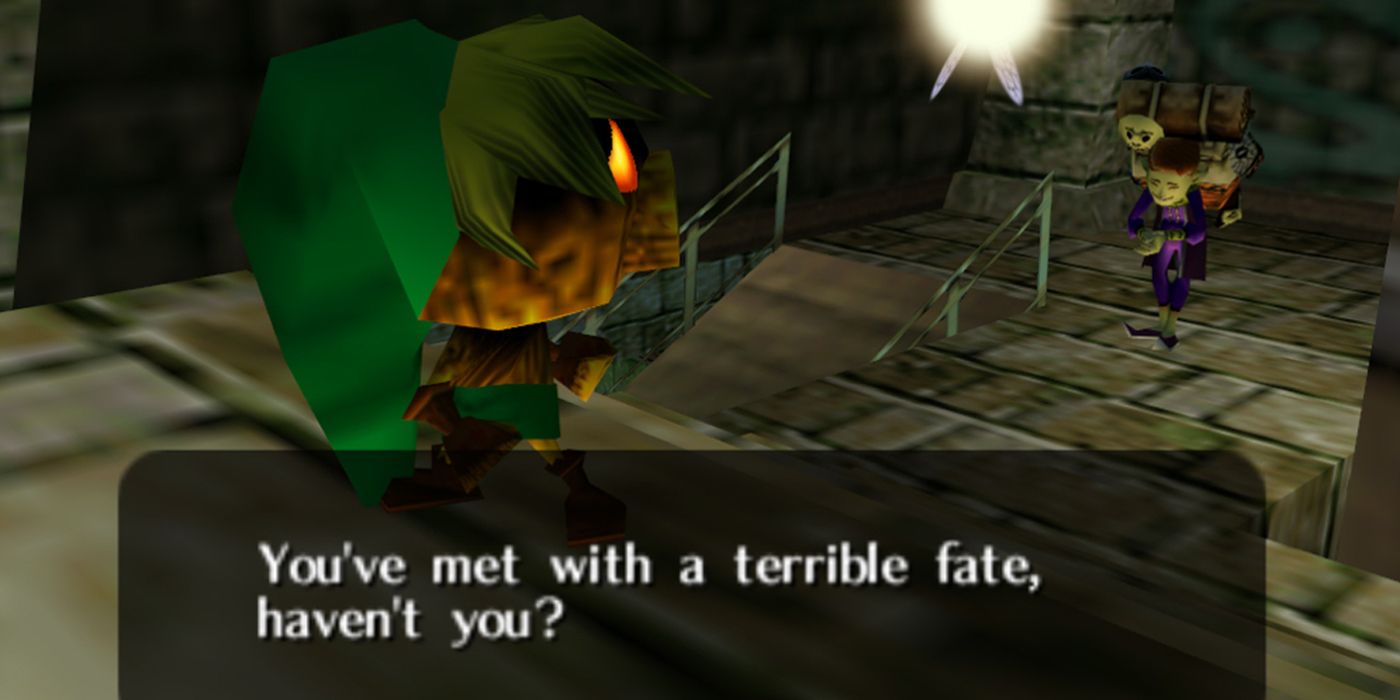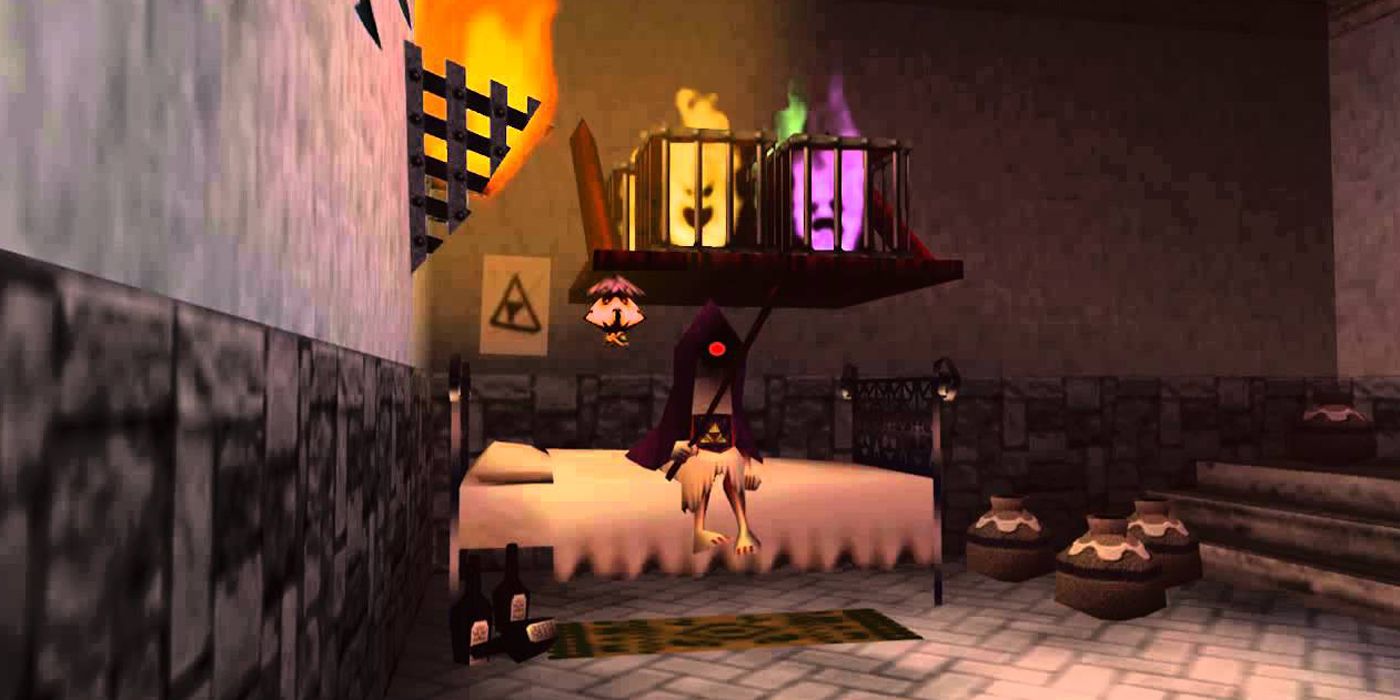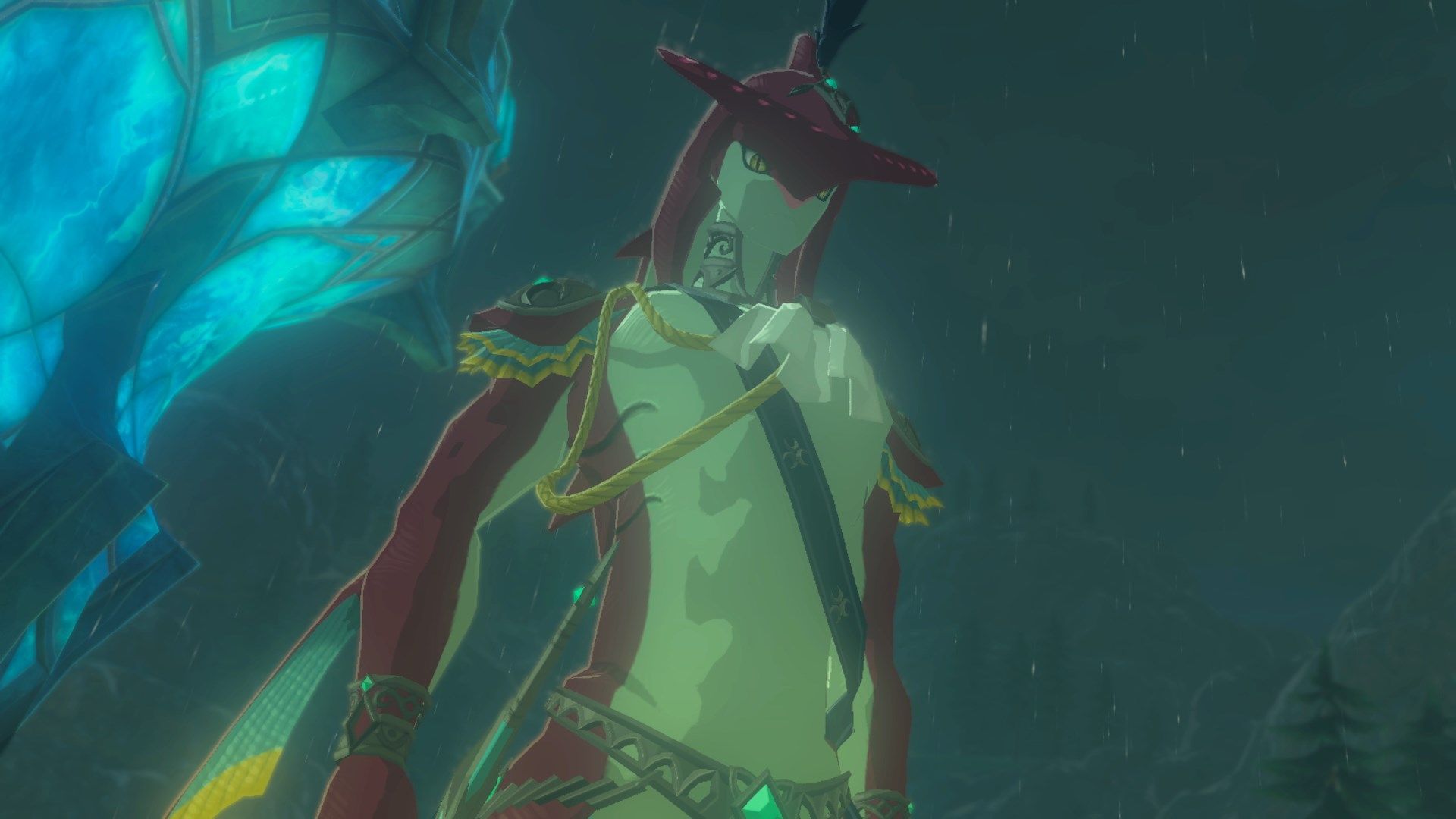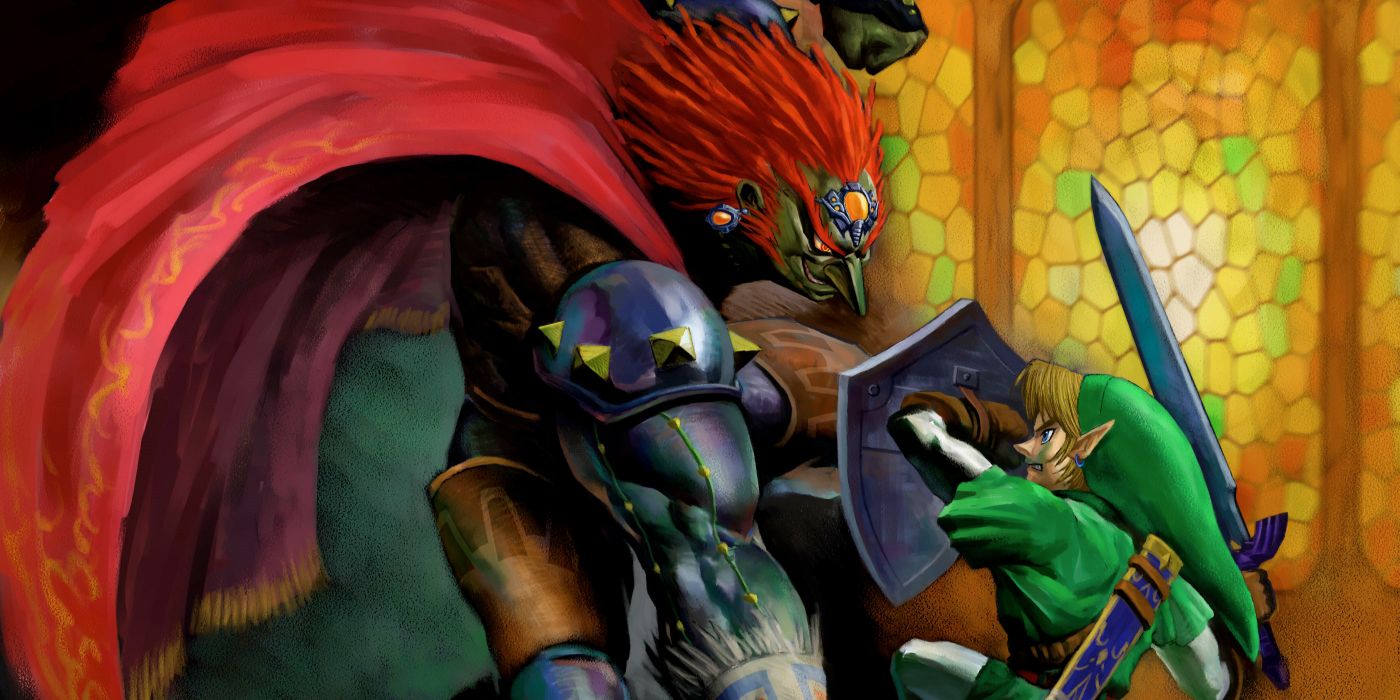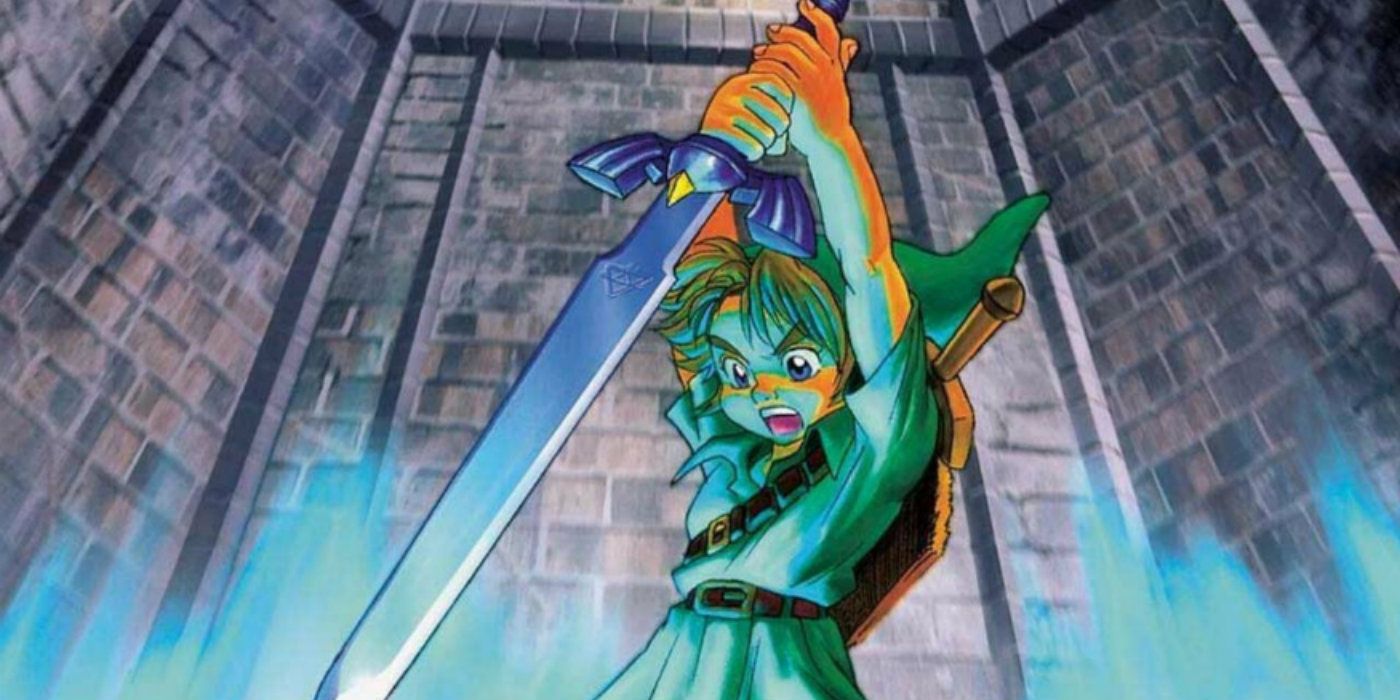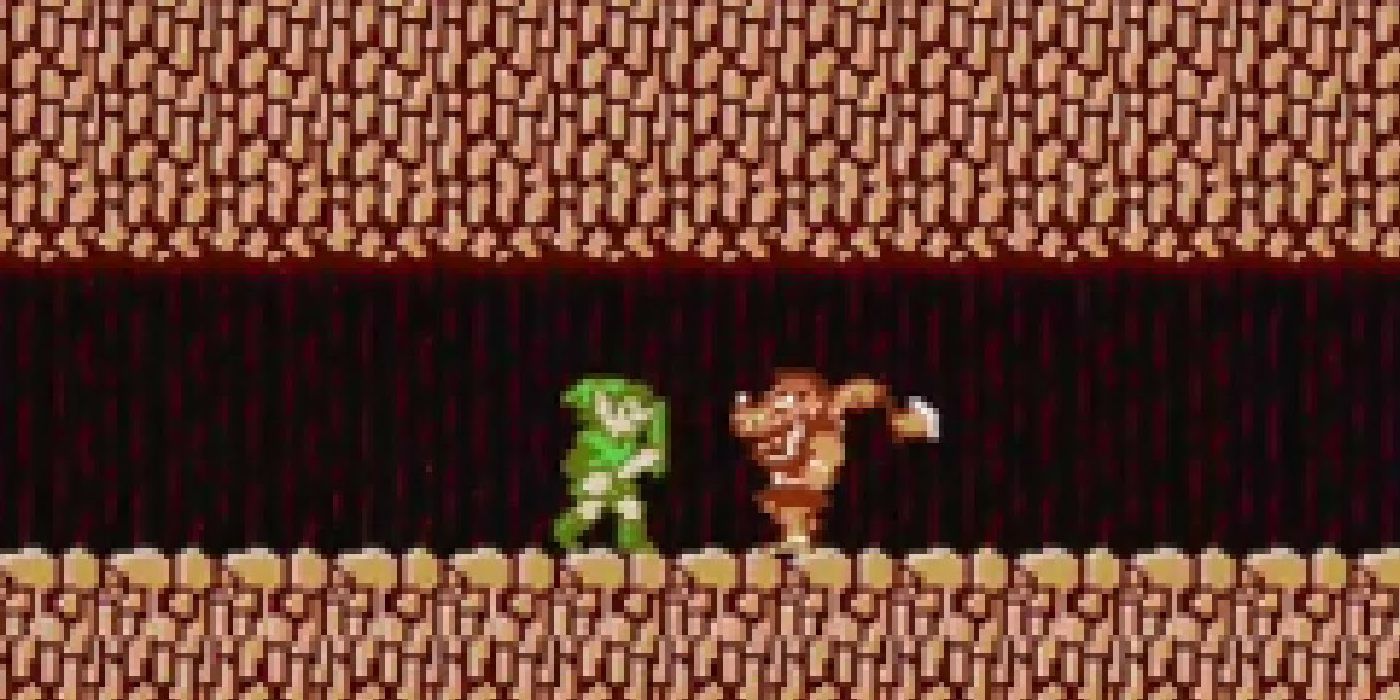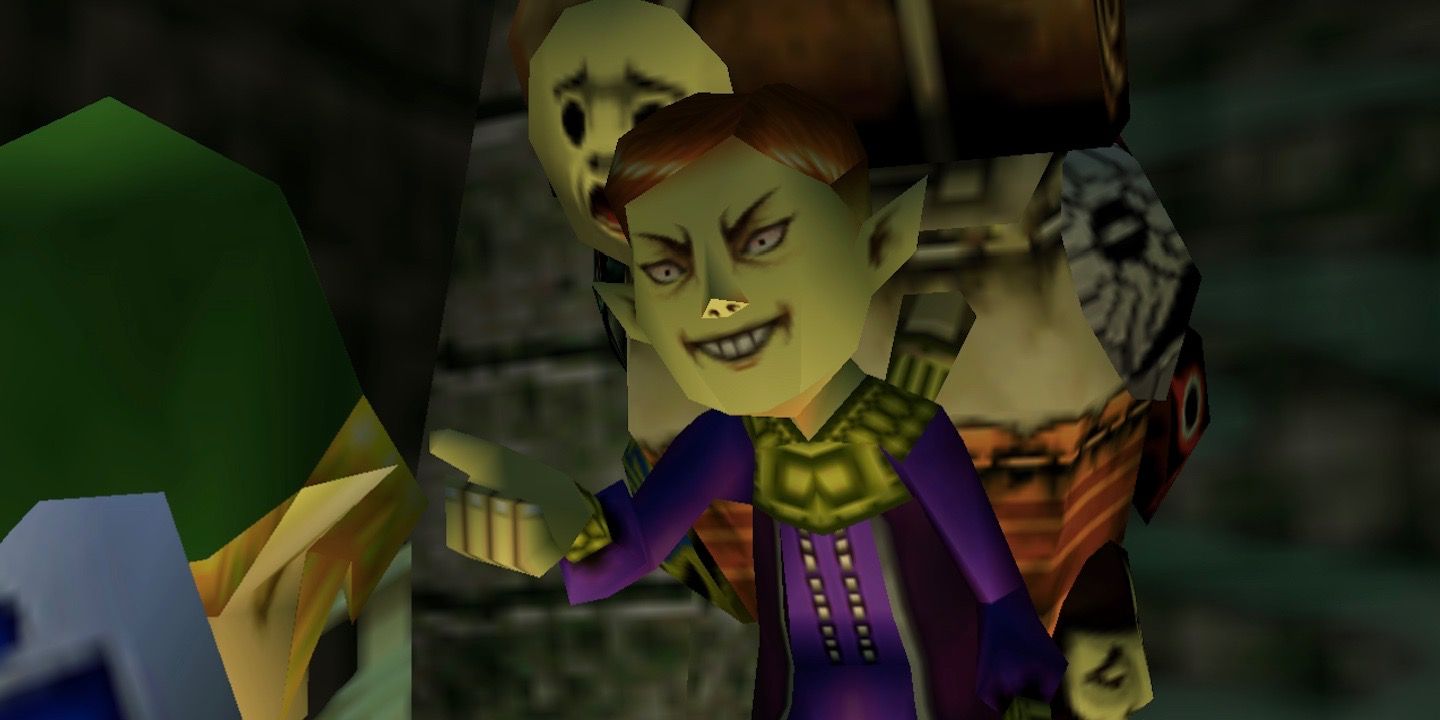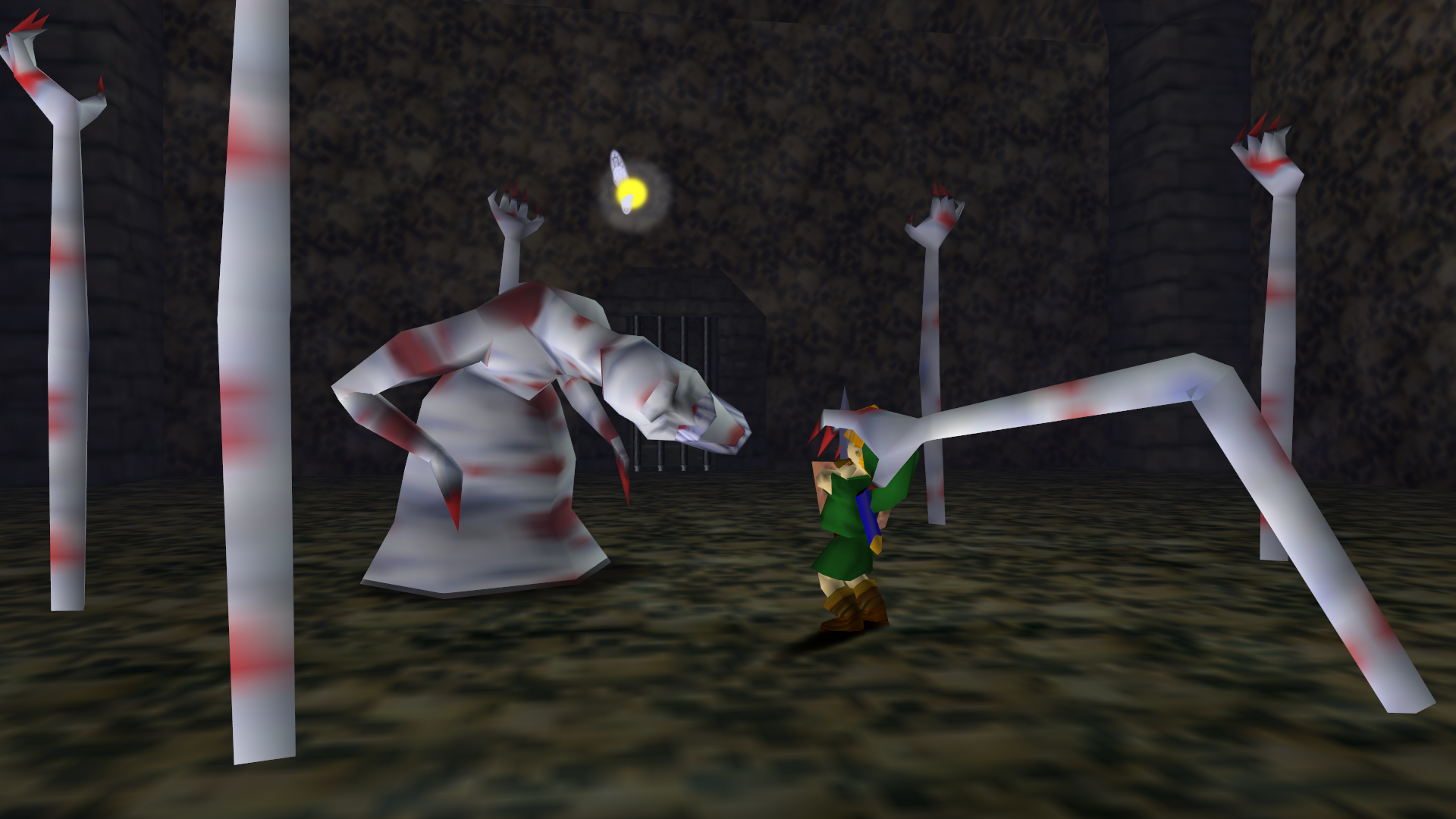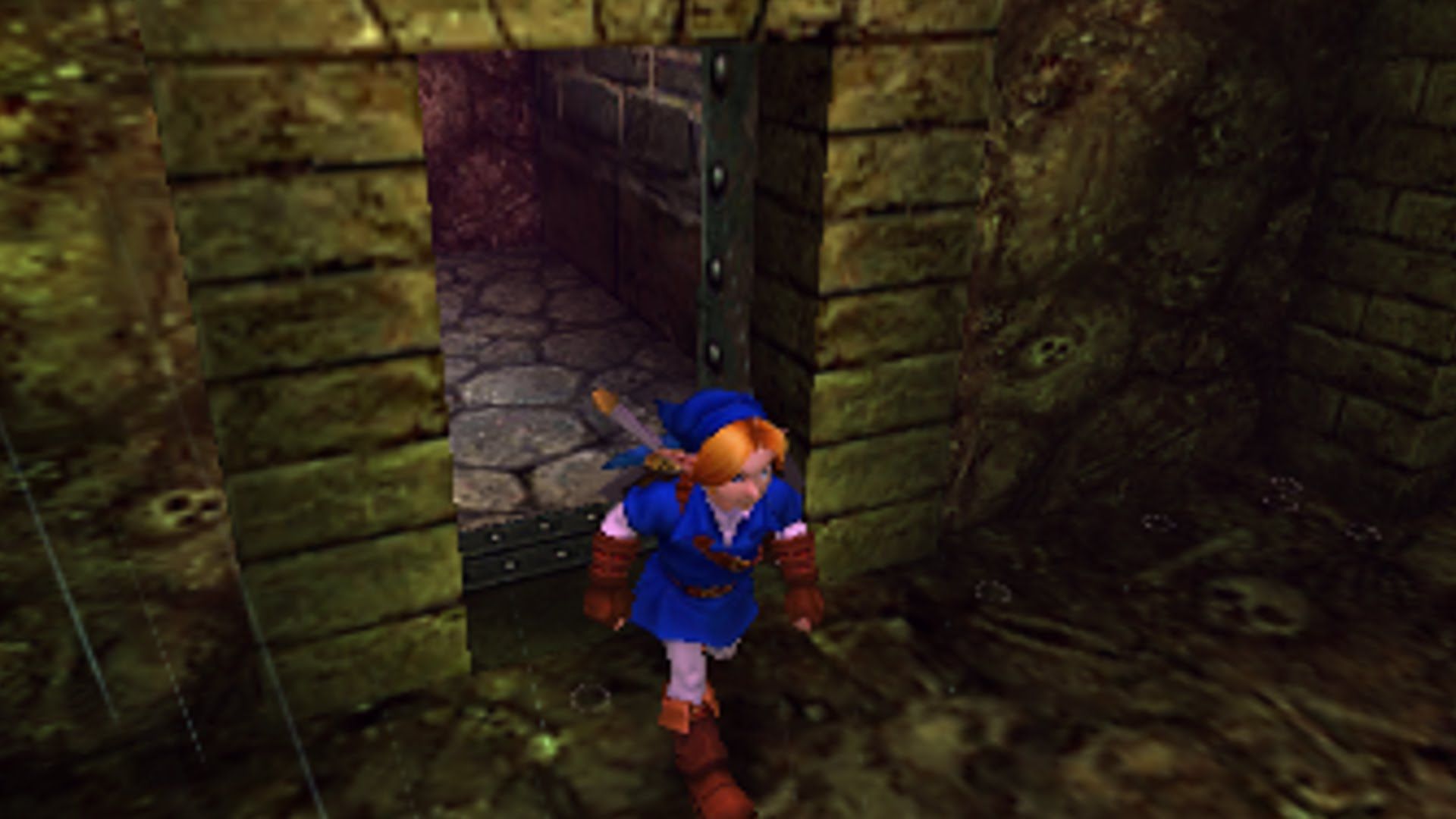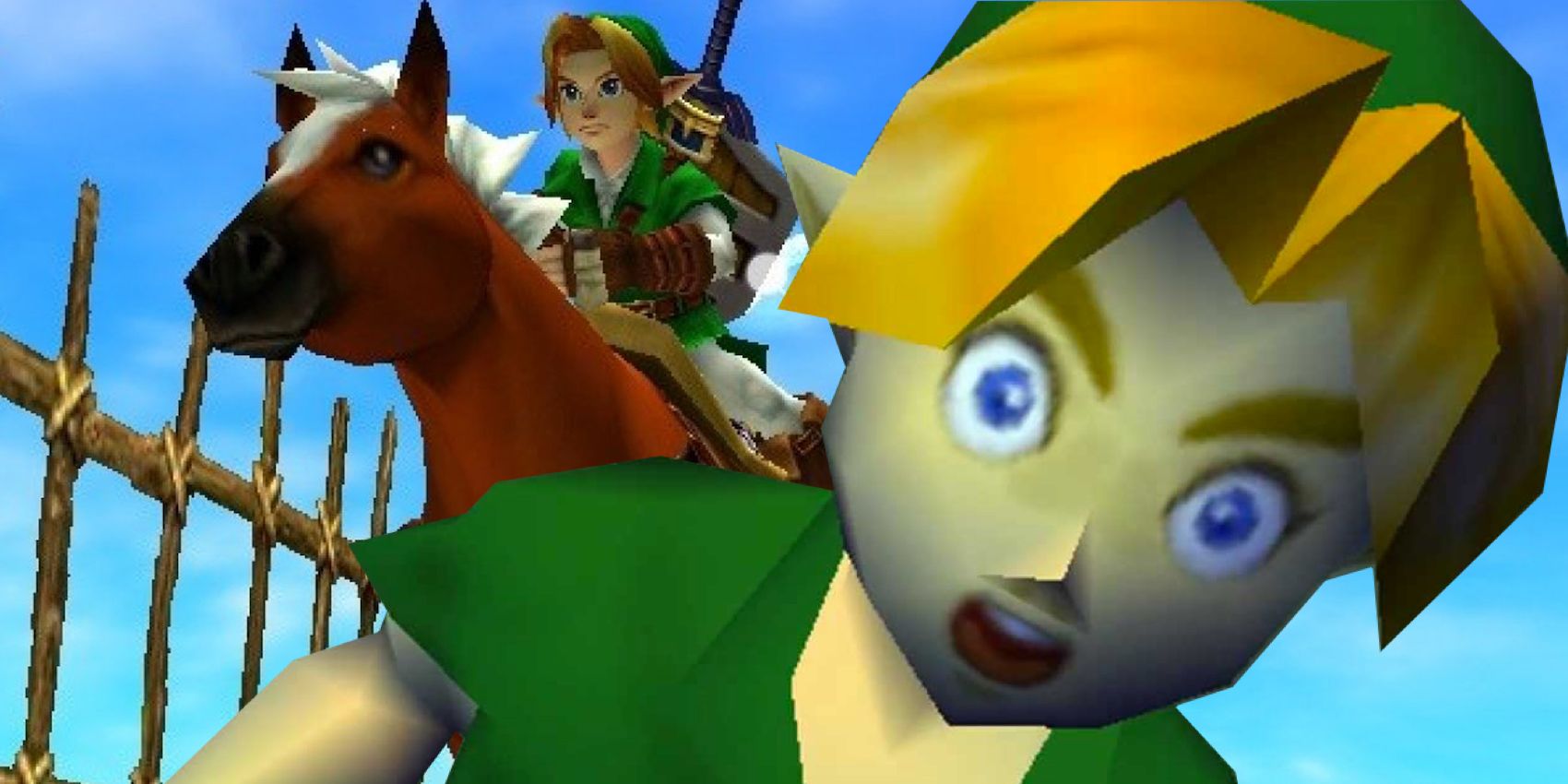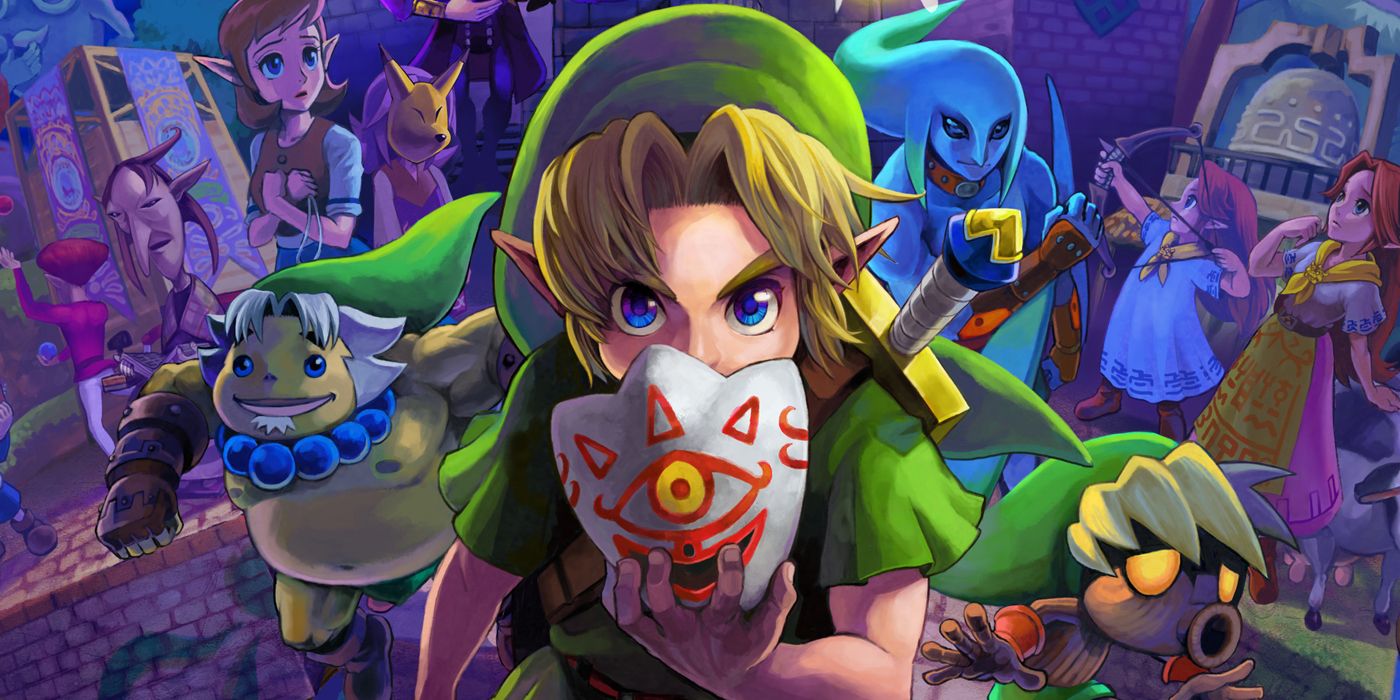The Legend of Zelda is easily one of the most recognizable and beloved video game franchises in the history of the industry. Nearly every entry is synonymous with “masterpiece,” despite a few missteps along the way.
The series typically follows the exploits of a cute youth named Link, wearing a green tunic, as he sets out to adventure across an expansive world, conquering labyrinths and monsters, all the while hoping to rescue Princess Zelda, defeat the monstrous Ganon, and protect the sacred Triforce.
It may come as a shock, then, to know that despite the cutesy exteriors, aesthetics and often goofy characters (Tingle, we’re looking at you. Not directly though, because you make us uncomfortable.) that the games have their fair share of incredibly dark and disturbing content that’s very easy to overlook if you’re not paying specific attention.
In order to reveal the “bloody history” of Hyrule, we’ve compiled this list of 15 Secrets You Didn't Know About The Legend Of Zelda Franchise.
Keep in mind that aside from revealing the shocking terrors hiding in a myriad of games, we’ll also be discussing spoilers, so be sure to take the proper precautions before diving into the list that will change the way you look at the series.
Link Intentionally Destroys An Entire Civilization
Link’s Awakening is one of the finest entries in the Zelda franchise, despite being on Game Boy. With inspiration from Twin Peaks, Link finds himself on a strange little island called Koholint, with a memorably zany cast of townsfolk, even including a Chain Chomp.
Shortly after Link washes up on the island’s shores, an owl informs him that to leave, he’ll need to awaken the mythical “Wind Fish,” so Link sets out on his quest while flirting with local girl Marin and helping out the kooky cast.
At a certain point, an ancient mural reveals that all of Koholint is the dream of the Wind Fish, and waking the deity will wipe everything out of existence. So what does Link do? Does he contemplate the moral dilemma he is faced with? No, he chooses to continue, even after people, including the villains, beg him to stop. What a hero.
There's Nothing Worth Saving In Breath Of The Wild
Taking place in the far future at the tail-end of one of Zelda’s fractured timelines, the world of Breath of the Wild is a broken mess, with Ganon victorious, and much of civilization on the brink of extinction.
When Link finally awakens from a 100 year sleep, it’s his duty to defeat Ganon, rescue the embattled Zelda and save Hyrule-- except there’s nothing to save.
One of the main themes of BOTW is loss, and the hopeless world in which the story takes place exemplifies this perfectly.
With only a modicum of struggling towns, and a handful of lives left in the ruins of an old world, the defeat of Ganon is only the beginning of a long and excruciating reconstruction that will likely end in failure.
That said, the green pastures of the nearby northern continent look promising, so perhaps we’ll see a direct sequel take place there.
The First Zelda Is An Apocalyptic Final Battle
While the original Legend of Zelda was the first in the franchise, it is essentially the last in the “Era of Decline” for the official timeline.
This branch was borne out of Link being defeated by Ganondorf during the events of Ocarina of Time, and this timeline features the Kingdom of Hyrule repeatedly thrust into chaos, shrinking year by year until it’s nothing but a shadow of its former self.
At its weakest state, Ganon and his armies lay siege to the kingdom, driving its miniscule population into caves and under ground.
In the barren wilderness of the once great Hyrule, Link wanders the realm, collects the hidden pieces of the Triforce of Wisdom, and defeats Ganon for what will be the final time in a desperate war for the post-apocalyptic wastes of the kingdom.
The True Nature Of Majora Is Never Revealed
Majora’s Mask is a terrifying game, with its surreal atmosphere, emotionally-crushing side stories and Groundhog-Day-styled time travel in order to combat the ominous threat of the moon colliding with Termina, all at the behest of Majora’s Mask.
We know a lot about Ganondorf, as his motivations and personality have been fleshed out for multiple entries, but the same can’t be said about Majora.
Is Majora the mask? Or was it sealed in the mask using the Song of Healing? What are its goals?
Sure, it seems that destruction and mayhem are part of the plan, but is that Majora speaking, or just the Skull Kid that wears the mask?
The only two things we solidly know about Majora’s nature is that it claims it will “consume everything” and, most disturbingly, it refers to itself as “the good guy,” with Link being the villain, both of which are bone-chilling.
The Deku Mask Is The Deku Butler's Son
One of the coolest parts of Majora’s Mask is being able to transform into a Deku, Zora or Goron using masks. To obtain these masks, however, players need to soothe the pained souls of suffering characters, and transform that pain into the masks.
That pans out for the Goron and Zora mask, but what about the Deku mask?
At the start of the game, the Skull Kid (under Majora’s influence) turns Link into a Deku scrub, and you’re able to transform back by converting the curse into a mask. But what was the source of the curse in the first place?
Sadly, it appears that a withered tree resembling a Deku scrub, likely murdered by the Skull Kid, was the origin, which is later heavily implied to be the lost son of the Deku Butler, who is found weeping by the tree during the credits, breaking hearts everywhere.
The Poe Collector Is A Deformed Royal Soldier
After getting out into Hyrule Field for the first time in Ocarina, players were overwhelmed by the scope of the world available to them. After goofing around and being terrified by Peahats and Stalchildren, a visit to the at-the-time glorious Castle Town was in order.
Upon going through the city’s drawbridge, there’s a little door that can be entered, where you talk to a disgruntled, yet seemingly harmless soldier who’s beyond bored at his post.
He non-chalantly reveals that things would be “more interesting” if there were “more troubles in the world.” Fast-forward seven years, and in that guard’s post a strange, cloaked figure, wearing the tatters of Hylian clothes, collects ghostly Poes.
Talk to him, and he’s ecstatic. He’ll praise Ganondorf, saying what a great time for business it is, and that he hopes the world gets even worse.
Well, it looks like this one-time guard got his wish.
The Zora Are Doomed To A Monstrous Future
It’s not easy to create a fantasy race that can stand among the traditional faire, yet Nintendo was able to pull this off perfectly with the Zora and Goron tribes.
The Zora are essentially fish people, but with an excellent grasp of the ways of war and the arts. Alas, in nearly every timeline, they end up either as another species or as monstrous beasts.
In the first Zelda, which is in the far future, the Zora (also known as “Zola”) are hideous, violent mer-creatures that assault Link any chance they get.
In Breath of the Wild, which is another late-in-the-timline game, the Zora, despite maintaining their culture and mental acuity, are evolving beyond their sleek appearances from Ocarina, and slowly becoming far more monstrous and shark-like.
We’re not sure why the Zora have such a dark evolutionary fate, but it’s a sad fact of life in Hyrule.
Ganondorf Was Right
Wind Waker was divisive during its reveal, thanks to its stark change of the generally realistic aesthetic to one that was blatantly cartoony.
However, most could agree on one thing: Wind Waker’s Ganondorf was a three-dimensional character that blew all other interpretations out of the water.
Before the final showdown, Ganondorf reveals that the only reason he ignited the fateful wars of the past was because he envied Hyrule. His people suffered and died during harsh days and nights in the desert, while Hyrule thrived. He simply wanted help his people.
Worse yet, with the Triforce in hand, he was about to wish for the sunken kingdom of Hyrule to be restored, only for the King himself to wish against it.
In this brief moment, Ganondorf nearly saved a civilization, while its very king condemned it to eternal destruction.
They say this guy is the villain?
Link Creates A Time-Paradox
The consequences of messing with time and creating devastating paradoxes is a trope that Ocarina of Time seems to turn a blind eye towards, but the Hyrule Historia makes a case for just how devastating the adventure was.
Because of the time travel, Link shattered the timeline into three distinct branches, most of which have cataclysmic future repercussions.
Not only that, but there’s also the issue of the “causal loop.”
In Ocarina, Link must learn the Song of Storms from the guy in the windmill, who angrily claims that young Link is the one who taught to him in the first place.
Young Link never learns the song in game, so the question of where Link originally learned it burns brightly.
This is why you don’t mess with time.
Link's Blood Was Intended To Resurrect Ganon
While the original Legend of Zelda features the final battle between Link and Ganon for that timeline, the adventure continued with Zelda II.
Although Link was victorious, Ganon’s followers, and the remnants of his army, launched a counter-attack against the slowly-rebuilding Hyrule, plunging the world into darkness once again.
Their main goal was not just conquest, however. No, their plan was to capture Link and literally use his blood on Ganon’s ashes to resurrect him.
That’s pretty graphic for an old NES game, especially a Nintendo game, but that was really the plan.
It’s terrifying to think that Link was intended to be captured alive and then brutally sacrificed in some occult ritual, with his painful death resulting in the resurrection of his greatest rival. Obviously it didn’t happen, but the concept remains incredibly eerie.
The Happy Mask Salesman Is Not What He Claims To Be
In Majora’s Mask, the Salesman is travelling with the titular mask, which gets stolen by the Skull Kid, essentially causing the apocalyptic events that follow.
That’s digestible enough, but despite claiming to be a simple salesman and hobbyist, there seems to be much more going on beneath the surface.
He possesses other-worldly knowledge regarding masks and even Link, knows the powerful Song of Healing and he is fully aware of the dangers posed by Majora’s Mask, which begs the question as to what he intends to do with it in the first place.
It’s also implied that he is a member of the ancient tribe from whence Majora’s Mask hails, but the weirdest element of all is that the “Lunar Children” within the cursed moon appear to be the Happy Mask Salesman as a child.
We don’t know what he is, but it’s not just a simple salesman.
The Nightmare That Is "The Bottom Of The Well"
Ocarina of Time is rated “E for Everyone,” so it seems that the ratings board must have missed the sizable chunk of the game spent in a blood-stained torture chamber.
“The Bottom of the Well” is one of the most terrifying areas in any Zelda entry. Its floors and walls are seemingly made out of countless human skulls, while shackles and instruments of torture line its dungeon-like rooms.
Why does this place exist?
All we know for certain is that a man with the Lens of Truth used to have a house where the well once stood. Was this his personal torture chamber? Or was this added after his house was destroyed? Did he even know it was there?
The fact that this (and the Shadow Temple) are lurking just beneath the surface of the pleasant Kakariko Village is beyond troubling, particularly with no real explanations attached to either.
The "Bloody History" Of Hyrule Is Haunting
Speaking of the Shadow Temple, which is just as morbid, if not slightly more surreal, than the Bottom of the Well, what’s up with the ghastly voices of spirits haunting its walls?
Through Navi’s translation, the common sentence is “here is gathered Hyrule’s bloody history of greed and hatred.” Um, what?
Hyrule, despite Ganondorf and some monsters, seems like a rather idyllic place to live, with fair weather and bountiful resources, all ruled by a righteous king.
Yet according to this, it appears that Hyrule was anything but idyllic in the (recent?) past.
What horrifying displays of greed and hatred in this “bloody” history could have occurred? Perhaps there was a political upheaval or a period of time where the townspeople needed to be bent to the will of their king.
There are no real answers, but something was clearly very wrong in the happy land of Hyrule.
The Hero Of Time Has PTSD
The famous Hero of Time was able to save Hyrule through time-hopping, becoming an icon in Wind Waker, aiding the Hero in Twilight Princess and even saving a neighboring world.
What these games fail to tell you is that the Hero of Time is deeply troubled from his so-called “adventures.”
He is forcibly aged into an adult and then forcibly returned to his childhood. Having been through hell and back as an adult, his broken mind is now trapped in the body of a child, who is expected to behave like one until he naturally grows older.
With all the pain and sorrow weighing down upon him, it’s no surprise that he leaves Hyrule. It’s just a shame that Termina ended up being an equally disturbing destination, putting his fragile mind through a hellish time-loop filled with countless losses.
Nothing You Do In Majora's Mask Matters
Majora’s Mask offers a unique experience, with Link repeatedly reliving three days in order to prevent catastrophe.
Featuring a deep series of side quests, Link, using time travel, slowly gets to know the wonderfully written inhabitants of Termina, with their hopes and dreams becoming focal points for obtaining specific masks.
When you’re finally ready to defeat Majora and stop the moon’s fall, you break the time loop and save the day. Or do you?
Your notebook may claim that you’ve helped all of the people in town, but it’s only what you do during the final cycle that remains canon. And you can’t help everyone.
That means Kafei won’t get married, or Romani is traumatized by aliens, or the guy needing toilet paper continues to wallow in filth.
To quote one of the Lunar Children: “if you do the right thing… does it really make everybody… happy?” Not this time.
---
Can you think of any other dark secrets about The Legend of Zelda franchise? Let us know in the comments!

